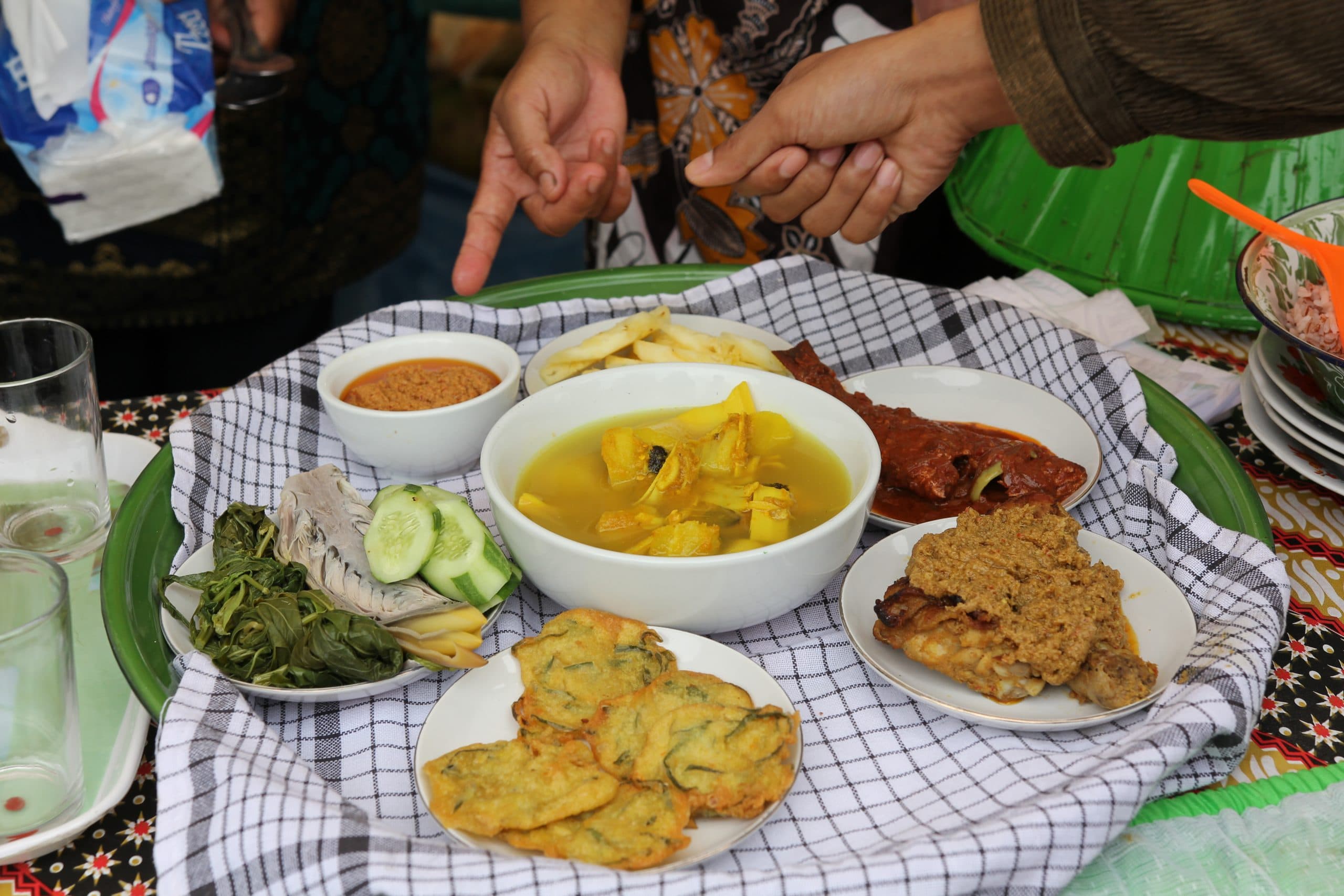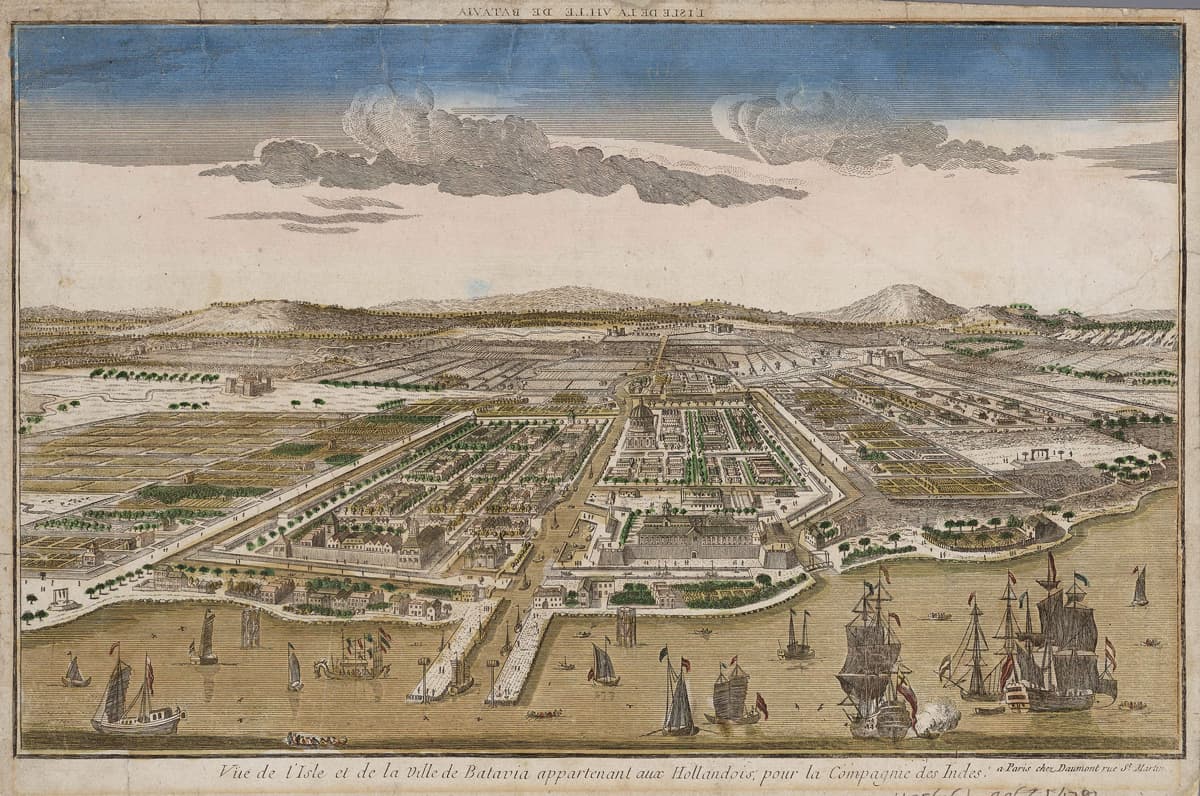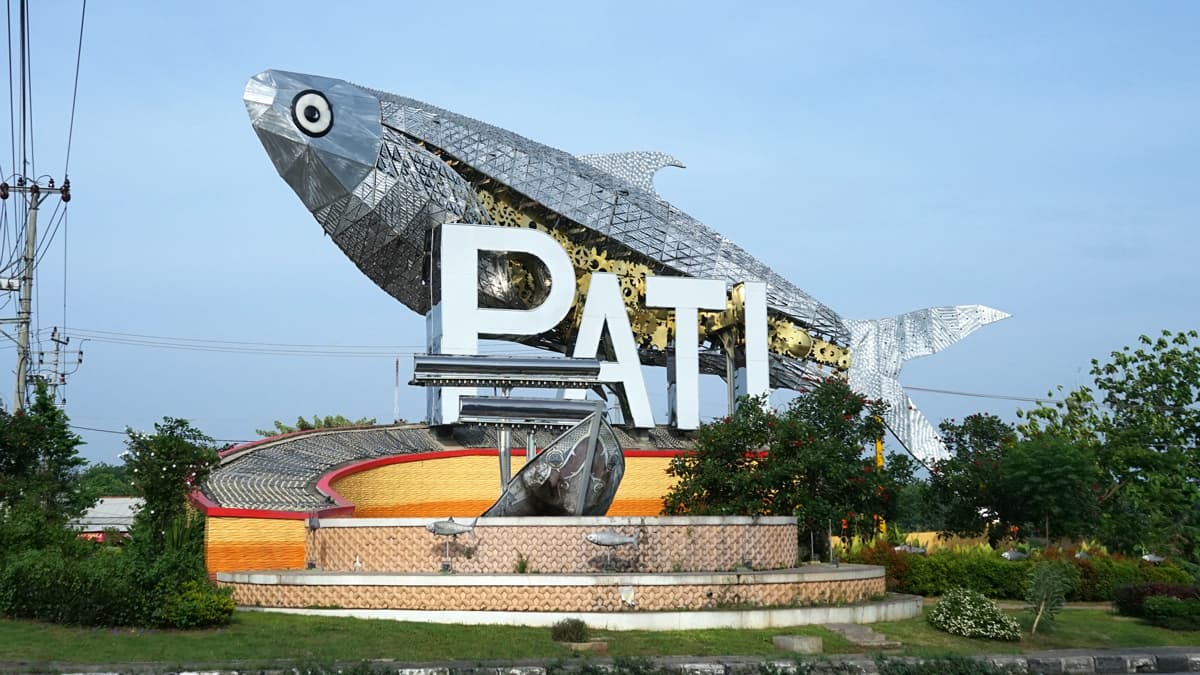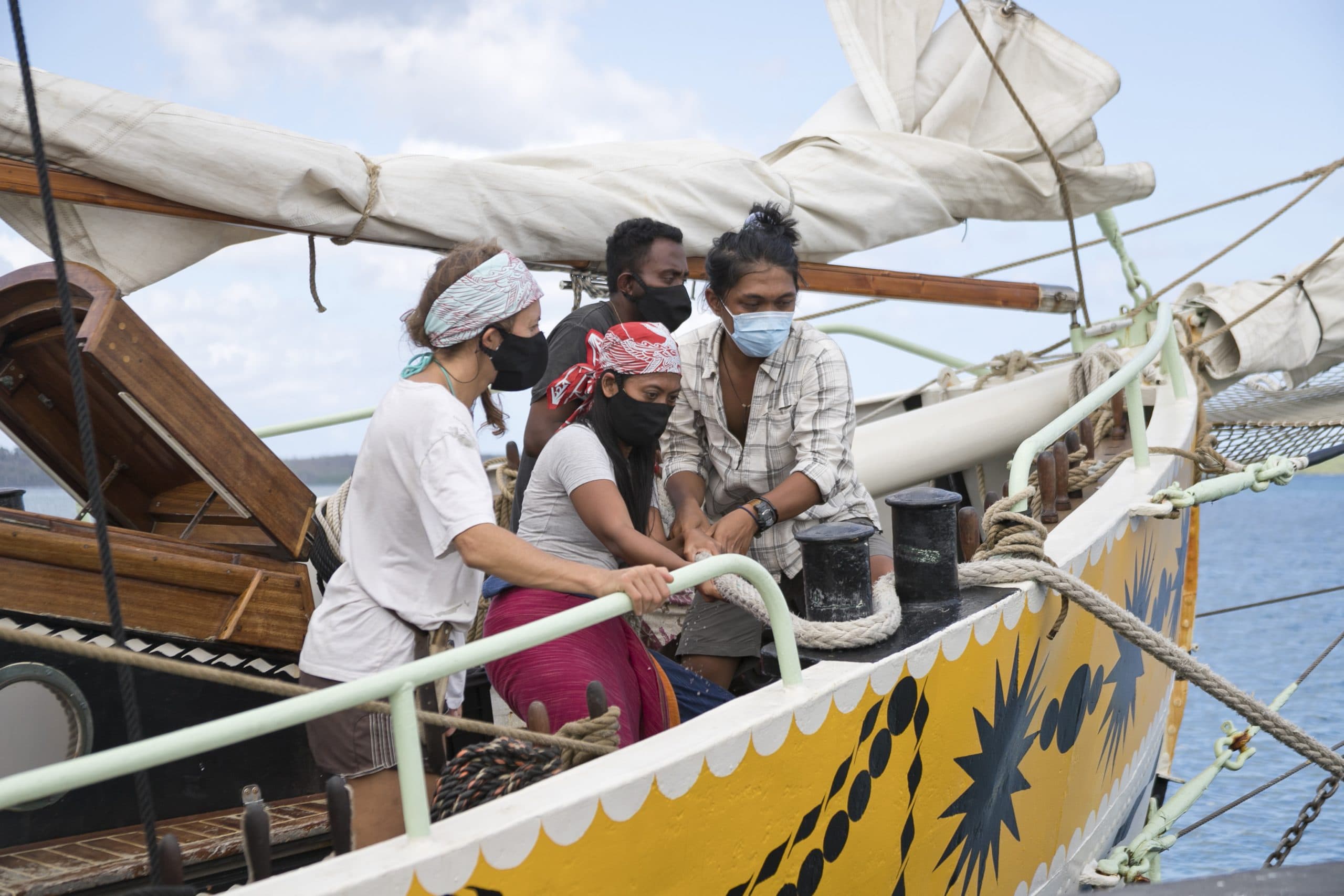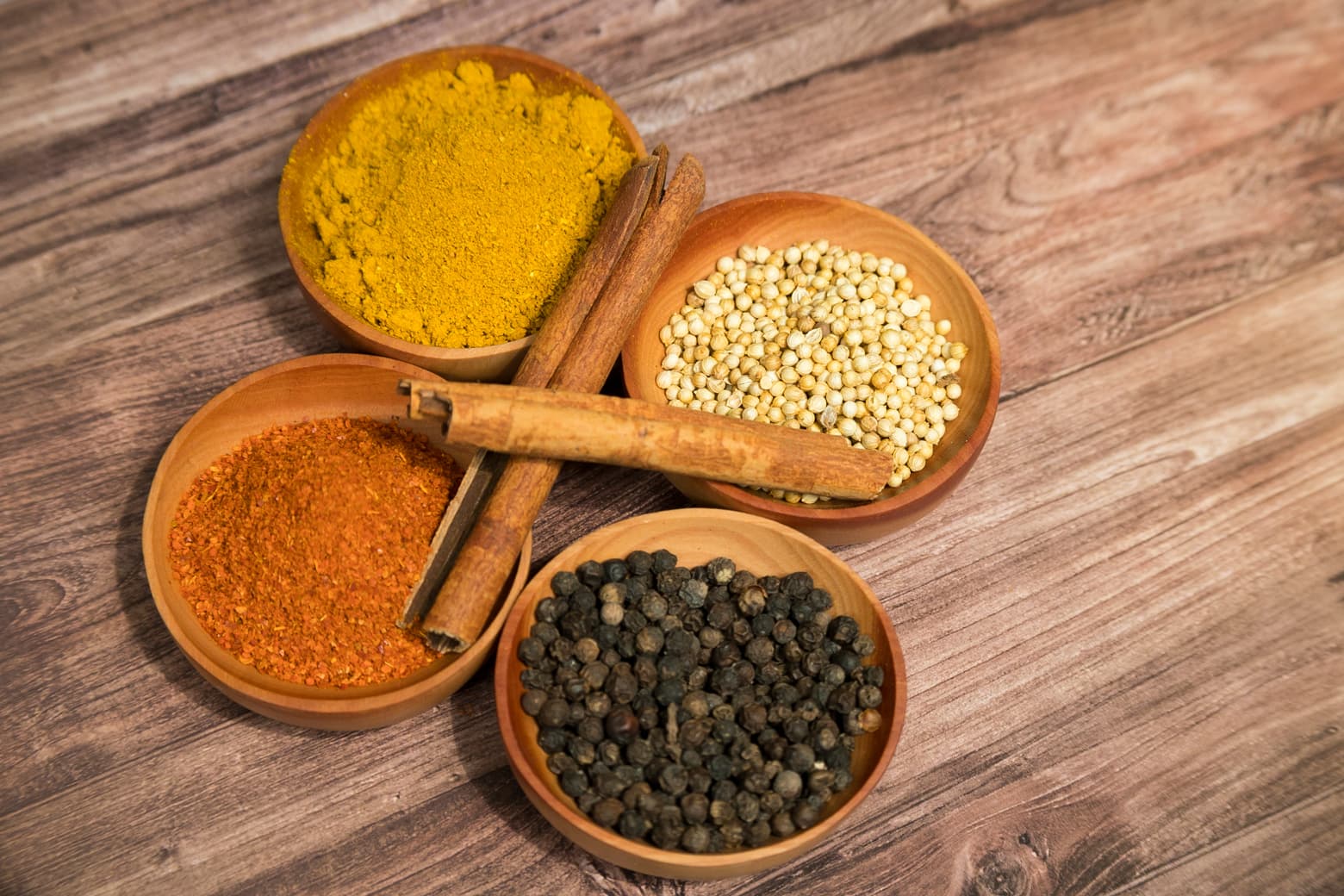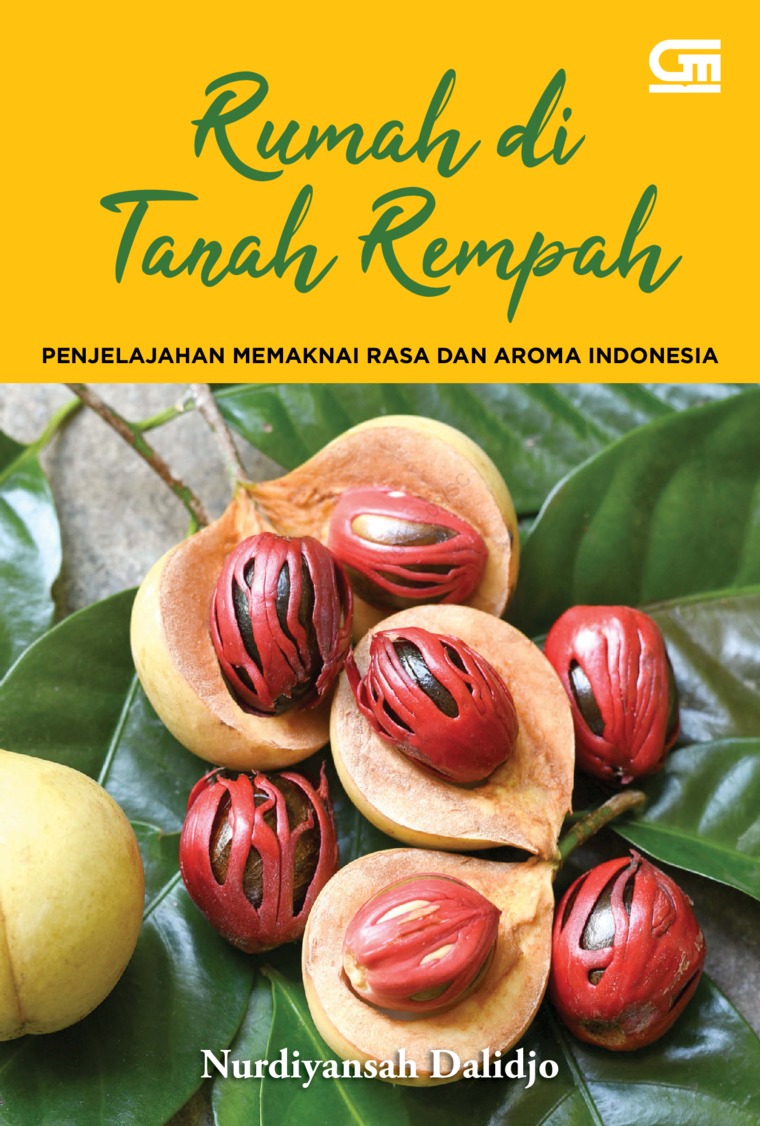
When I visited a relative’s home, I saw a bright yellow-covered book lying on the table. On it was a drawing of several nutmegs covered in red mace. Rumah di Tanah Rempah: Perjalanan Memaknai Rasa dan Aroma Indonesia by Nurdiyansah Dalidjo. It piqued my curiosity that I grabbed the book and flipped it to the backside. I knew that the book was about the author’s journey to several places in Indonesia and his review about spices as Indonesia’s treasure and the traditions that live and are lived by the society.
“If you want to read that book, you have to be ready to face the reality that our country keeps too many dark stories,” said my relative once she saw me opening the few first pages of the book. I didn’t find it surprising. For me, it wasn’t a bizarre thing to hear, both revealed and hidden.
After a while, I got the chance to read the book. Diyan, the author, managed to get me to open the book page by page, following his journey around Indonesia. Although he didn’t visit all places in Nusantara, he managed to visit all the large islands of Indonesia. The landscapes stretched from Sumatra to Papua, and he told the stories in the book.
Diyan’s journey was started with a philosophical question about the meaning of home, spices, going back home, and Indonesia. Starting from there, Diyan didn’t limit the discussion about home. Accompanied with pictures (although they were all black-and-white) that helped my imagination follow his journey and his light and friendly writing style, I felt as if I was a part of the journey. Despite the nonlinear chronological time and the lack of details in several places he visited, Diyan managed to tell the story smoothly, and the whole story was enjoyable.

The book cover of Rumah di Tanah Rempah (Source: Gramedia Pustaka Utama)
In his journey, we can see how Diyan interacted with the adat [indigenous] communities, their daily activities, and their views upon spices. Diyan also stayed over at one of the members’ houses to dig further the sight that was rarely covered in the mainstream narrations, and it made the story feel personal and valuable.
From here, we can see that for the people, spices have a bigger role than a mere complement for food, they are needed in rituals for the people’s sacred beliefs. When visiting Bali, he even said, “Pun Lawar yang wajib dihadirkan pada pesta adat. Lawar yang enak merupakan penanda ada komposisi yang seimbang. Takaran yang harmonis. Selain rasa, warna-warna pada lawar menyimbolkan Sang Penguasa di empat penjuru mata angin. Putih pada parutan kelapa ialah Iswara di timur, merah pada darah ialah Brahma di selatan, kuning pada bumbu ialah Mahadewa di barat, dan hitam pada terasi ialah Wisnu di utara.”
[“Also Lawar that must be presented in traditional events. A delicious lawar is a sign of a balanced composition. A harmonic dose. Aside from taste, the colors of lawar symbolize the Rulers in the four cardinal directions. The white from the grated coconut is Iswara in the east, red from the blood is Brahma in the south, yellow from the condiment is Mahadewa in the west, and black from the shrimp paste is Wisnu in the north.”] (Dalidjo, 2020, page 218).
Another exciting part was how Diyan could relate what he experienced to history. The tales from different eras, from the B.C. time, the kingdom era in Nusantara, the colonialism period, and the independence revolution. Those still under the doctrine that history is tedious need to read this book and find the more interesting sight of history, which feels more friendly to me. In this book, history flows without any distortion of knowledge when it’s intertwined with adventure stories.
He also mentioned the Spice Routes and the spice trades as the center of interaction for many countries several times. However, he stated that it was not a mere romance, and he gave a critique, “Kita larut dalam buaian romantisme pada citra negeri yang kaya dan penuh keragaman agar mungkin tak perlu kita bicara tentang eksploitasi ekonomi sebagai realitas hari ini. Negeri dirampok dan dihisap.” [We are dissolved in the cradle of the romance of the imagery as a rich and diverse country that probably will cover the fact about economic exploitation as today’s reality. This country is robbed and siphoned off.”] (Dalidjo, 2020, page 453).
The economic exploitation of Indonesia’s wealth from the colonial or feudal era and when it formed a country, followed by capitalism in investment form. The result is that people on the opposite side face repression and are far from safe, becoming the victims in their own country. In a different reality, spices have brought this country to diversity and given rise to the slogan Bhinneka Tunggal Ika.
Just like the title of his book Rumah di Tanah Rempah: Perjalanan Memaknai Rasa dan Aroma Indonesia, in addition to helping the readers taste the flavor and aroma from home (Indonesia), he invited the readers to reinterpret the home. Further, the reinterpretation was followed by a question, “Rempah membawa saya pada perenungan tentang bagaimana kelak kita hendak merawat rumah bersama bernama Indonesia” [“Spices led me to contemplate as to how we would take care of our home, named Indonesia.”] (Dalidjo, 2020, page 461).
Diyan invited us to taste, reinterpret, and contemplate the way we take care of our home (Indonesia) in our way. It came to my senses that the scintillating and dark stories have become parts of Indonesia that their existence has so much more to do than becoming a mere meaningless legacy. Does it sound cliche? Well, this is the fact.
Like my house with its leaky roof and that is sometimes flooded, I also love this country [as I love my home], with all the stories. For me, it’s the same as trying to fix the leak or mop the floor, cleaning the mud that remains from the flood. Therefore, loving one nation and country means loving the bitter-sweet stories and accepting the pluses and minuses. Who else would take action if it’s not us? Similar to the concept of self-love that is echoed by the current generation.
Description of the Book
Title: Rumah di Tanah Rempah
Author: Nurdiyansah Dalidjo
Publisher: Gramedia Pustaka Utama
ISBN: 987-602-06-3967-3
Text: Putri A.F.
Editor: Doni Ahmadi
Translator: Dhiani Probhosiwi



